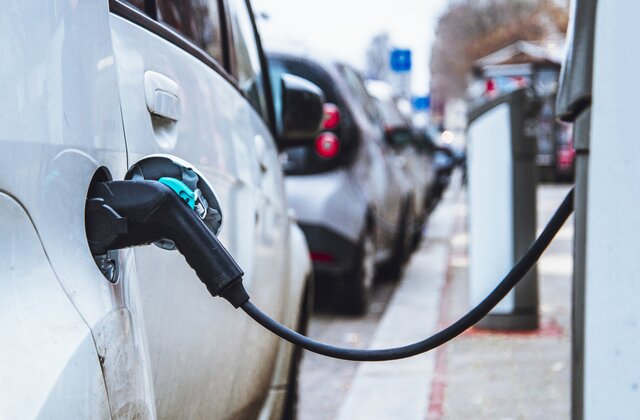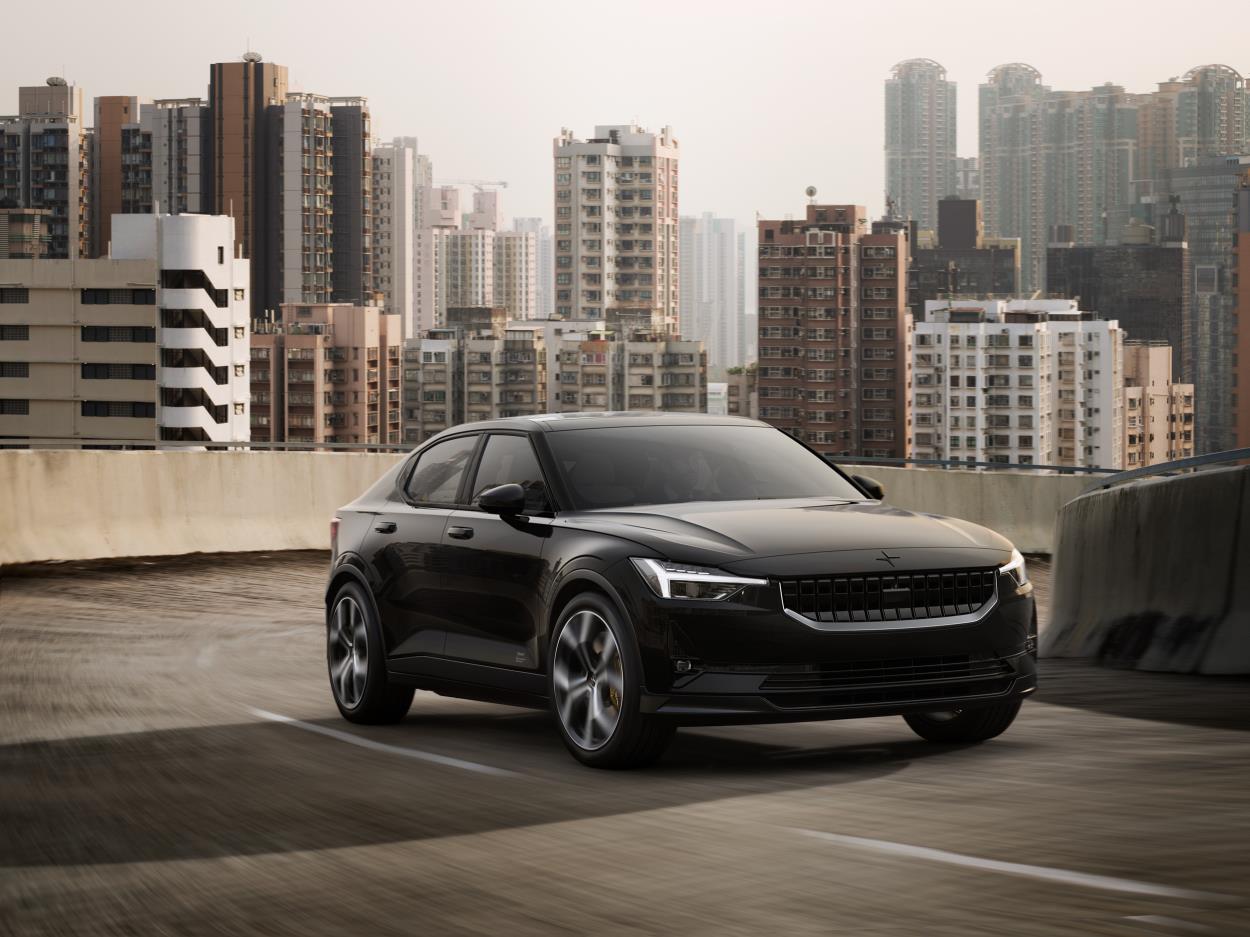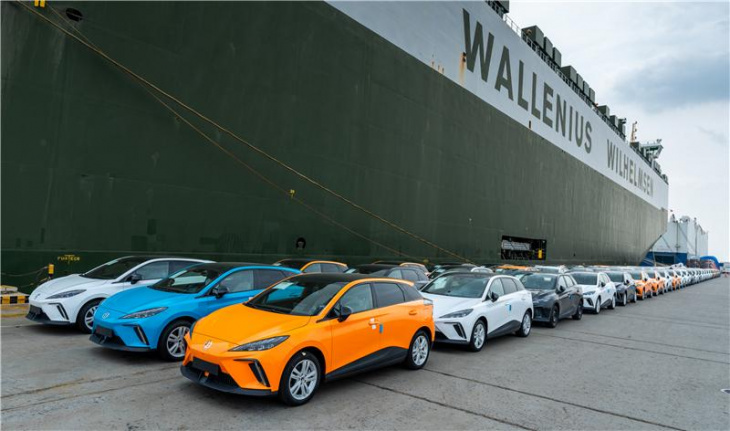Electric Cars: Is It Worth Importing an Electric Vehicle to Kenya?
Electric cars are getting a lot of attention because they’re great for the environment. Kenya is now considering whether it should get on board with this trend. They want to clean up the air and be more eco-friendly. They’re thinking about the advantages and disadvantages of electric cars. Let’s find out if Kenya is ready to embrace electric vehicles or stick with traditional petrol or diesel cars.
Current Status of Electric Vehicle Adoption in Kenya:
Guess what’s causing the hype in Kenya? Electric vehicles (EVs)! Although the number of EVs is still relatively small, there are approximately 500 of them in the country, with almost half being electric bikes. Kenyans seem to have a liking for electric bikes!
What’s even more exciting is that experts believe Kenya is moving quickly when it comes to adopting EVs. According to a study, electric bikes could make up a significant 60 to 75 percent of all two-wheeler sales by 2040. That’s a real electric revolution!
Nairobi, the capital city, is at the forefront of this movement. Startups like BasiGo, Kiri, and Opibus are working hard to make electric mobility popular. Financing options are also available to support this electric dream.
In simpler terms, Kenya is getting charged up about electric vehicles, especially electric bikes, and Nairobi is leading the way with startups, infrastructure, and financing to support this growing trend.
Incentives and Policies Promoting Electric Vehicle Imports:
Although Kenya lacks explicit legislation to encourage investment in the electric vehicle space, the country has made broader promises and activities that quietly motivate the use of electric vehicles
- National Energy Efficiency and Conservation Strategy (2020): The strategy outlines targets for expanding the percentage of electric vehicle imports from 0 percent to 5 percent of total vehicles imported annually by 2025. This target aims to increase the number of imported electric vehicles by 16,000 per year.
- COP26 Declaration: Kenya signed the COP26 declaration on accelerating the transition to 100 percent zero-emission cars and vans. This commitment aligns with global efforts to reduce carbon emissions and promote sustainable transportation practices.
- Government Prioritization: The national government has identified adopting electric mobility as a priority action for sustainable transportation. While specific incentives for EV imports may be lacking currently, this prioritization signals governmental support for transitioning towards cleaner transport options.
Cost Analysis of Importing Electric Vehicles to Kenya
Importing an electric vehicle (EV) into Kenya involves various costs that need to be considered. The Kenya Revenue Authority (KRA) has outlined the duty estimation for EVs in Kenya. It is essential to understand the breakdown of costs involved in importing an EV and how they compare to importing conventional internal combustion engine vehicles.
1. Import Duty:
- For EVs, the excise duty is a flat rate of 10%, regardless of the battery size or electric motor capacity. This is lower than the excise duty for internal combustion engine vehicles, which increases with engine capacity.
- The duty payable for EVs like the Nissan Leaf is generally lower compared to conventional vehicles due to this flat rate.
2. CRSP Value:
- The Current Retail Selling Price (CRSP) is used to calculate import duty. For example, the CRSP of a Nissan Leaf is approximately KSh 4,810,550.
- Other EV models can also be imported, but their CRSP values need clarification with the KRA before importation.
3. Total Cost Calculation:
- The total cost of importing an EV includes factors like the purchase price of the vehicle, freight charges, marine insurance, and other associated costs.
- While the difference in duty payable may seem modest when considering overall import costs, it can still amount to a significant sum, especially when comparing high-end EVs with equivalent internal combustion engine vehicles.
Comparison with Internal Combustion Engine Vehicles:
- Importers often prefer vehicles with smaller engines that attract lower-duty for internal combustion engine vehicles.
- The lower excise duty rate for EVs incentivizes their importation and aims to promote electric vehicle uptake in Kenya.
Benefits of Importing Electric Vehicles to Kenya
Importing electric vehicles can offer several advantages, including:
- Lower Excise Duty: In many countries, governments provide incentives and tax breaks for electric vehicles to promote their adoption. Lower excise duties on imported electric vehicles can make them more affordable for consumers, stimulating the market and accelerating the transition to cleaner transportation options.
- Environmental Impact: Electric vehicles have a significantly lower environmental impact compared to traditional gasoline-powered cars. By importing more electric vehicles, countries can reduce greenhouse gas emissions, improve air quality, and contribute to global efforts to combat climate change. The shift towards electric transportation can help decrease reliance on fossil fuels and promote sustainability in the automotive sector.

Challenges of Importing Electric Vehicles
Despite the benefits, there are challenges associated with importing electric vehicles:
- Charging Infrastructure: A robust charging infrastructure is needed to support the widespread adoption of electric vehicles, making it one of the primary challenges. Importing EVs without a sufficient network of charging stations can lead to range anxiety among drivers and hinder the overall uptake of electric vehicles. Governments and stakeholders must invest in expanding charging infrastructure to address this challenge effectively.
- Overall Cost Considerations: While operating costs for electric vehicles are generally lower than those for traditional cars, the upfront cost of purchasing an EV can be higher. Importing electric vehicles may involve additional expenses such as import duties, taxes, and shipping costs, which can impact the affordability of EVs for consumers. Making imported electric vehicles more accessible to a wider audience requires addressing cost considerations through incentives, subsidies, or trade agreements.
Government Initiatives to Promote Electric Vehicle Imports
Governments around the world have been implementing various initiatives to promote the import and adoption of electric vehicles (EVs) as part of their efforts to transition towards sustainable mobility and reduce greenhouse gas emissions. These initiatives include a combination of regulatory measures, financial incentives, infrastructure development, and awareness campaigns. Some of the key government initiatives to promote electric vehicle imports include:
- Regulatory Measures: Governments have introduced regulations that mandate a certain percentage of vehicles sold in their markets to be electric. For example, the European Union has set ambitious targets for EV sales, aiming for at least 50% of new car sales to be electric by 2030. Similarly, countries like Norway have implemented strict regulations favouring EVs, leading to a high market share for electric vehicles.
- Financial Incentives: Many governments offer financial incentives to encourage consumers to purchase electric vehicles. These incentives may include tax credits, rebates, grants, or subsidies for EV buyers. For instance, countries like the United States provide federal tax credits for EV purchases, while China offers subsidies to both manufacturers and consumers of electric vehicles.
- Infrastructure Development: To support the growth of electric vehicles, governments are investing in charging infrastructure development. This includes expanding public charging networks, installing fast chargers along highways, and incentivizing private entities to set up charging stations. Countries like Germany have launched programs to increase the number of charging points across the country.
- Awareness Campaigns: Governments are also running awareness campaigns to educate consumers about the benefits of electric vehicles and dispel myths or misconceptions surrounding EVs. These campaigns aim to increase public acceptance of and understanding of electric mobility.
Future Developments Needed for Increased Uptake
While existing government initiatives have laid a solid foundation for promoting electric vehicle imports, several future developments are crucial for further increasing the uptake of EVs:
- Expansion of Charging Infrastructure: One of the key challenges hindering the widespread adoption of electric vehicles is the availability of charging infrastructure. Governments need to continue investing in expanding and improving charging networks to address range anxiety and facilitate convenient charging options for EV owners.
- Standardization and Interoperability: Ensuring standardisation and interoperability among different charging networks is essential for seamless EV charging experiences. Governments should work towards establishing common standards that allow EV drivers to use any public charger, regardless of the operator.
- Incentivizing Domestic Production: Encouraging domestic production of electric vehicles can help create jobs, boost economic growth, and reduce dependence on imported EVs. Governments can provide incentives for local manufacturing facilities and research and development in the EV sector.
- Education and Awareness: Continued efforts to educate consumers about the benefits of electric vehicles, address concerns about range limitations and charging infrastructure, and promote sustainable transportation choices are vital for increasing public acceptance and demand for EVs.
Feasibility of Importing Electric Vehicles to Kenya
Importing electric vehicles to Kenya presents several advantages, such as zero emissions, lower maintenance costs, and improved efficiency. However, challenges like high initial battery costs, limited charging infrastructure, and potential impacts on the power grid need to be addressed. Given Kenya’s commitment to sustainability and reducing carbon emissions, importing electric vehicles could align with the country’s goals. To enhance feasibility, investments in charging infrastructure, incentives for EV adoption, and partnerships with manufacturers for affordable pricing are recommended.
Read About: Common Challenges and Solutions in Shipping Cars from the UK

